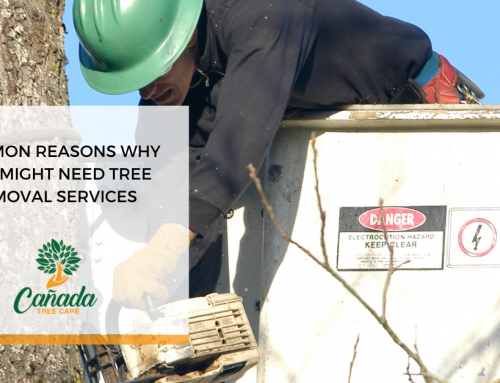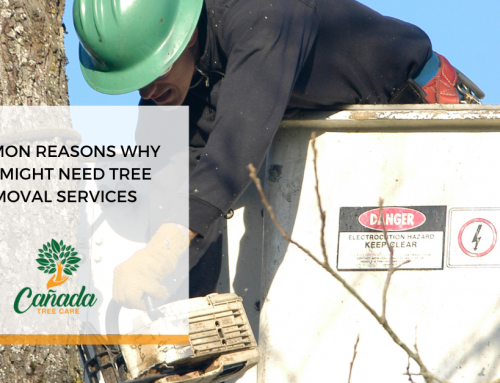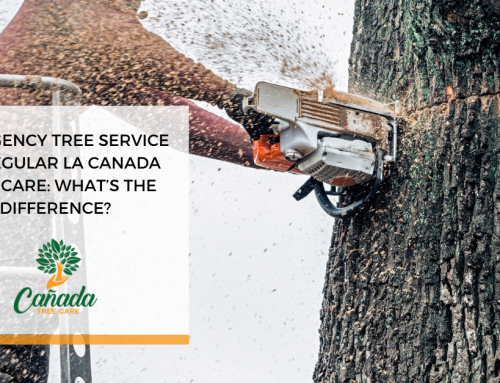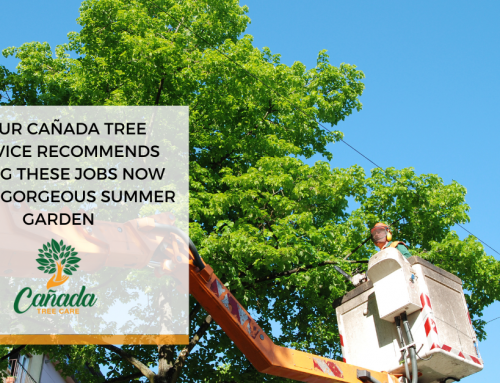A tree cutting service detecting signs of stress in trees is vital for maintaining a healthy and safe environment. Tree cutting services possess the expertise to identify these indicators, enabling them to take appropriate measures to address potential hazards. With this in mind, let’s take a look at how the professionals can recognize the presence of problems!
What Does A Tree Cutting Service Look For In A Stressed Tree?
- Leaves And Branches
Changes in the appearance of leaves and branches can be early indicators of tree stress. Wilting or discoloration of leaves may suggest issues with water uptake or nutrient deficiencies. Sparse foliage or dieback may indicate declining health, poor root development, or pest infestations. Also, abnormal growth patterns, such as stunted or distorted leaves, may signal underlying stress factors affecting the tree’s overall vigor.
- Cracks And Splits
Visible damage to the tree’s trunk or branches can indicate structural weakness and potential stress. Trunk cracks, branch splits, or bark damage may result from mechanical injury, internal decay, or environmental factors such as freezing and thawing cycles. Arborists carefully inspect the tree’s bark and wood for signs of damage or decay, using specialized tools such as increment borers and resistance drills to assess internal structural integrity.
- Gradual Leaning
Trees exhibiting a gradual lean or tilt may be experiencing stress due to various factors. Root issues, soil erosion, or wind damage can result in reduced stability and cause the tree to lean over time. Arborists will evaluate the tree’s root system and soil conditions to determine the extent of root damage and its impact on tree stability. They may recommend corrective measures such as root pruning or structural support to mitigate the risk of tree failure.
- Fungi Or Mushrooms
The presence of fungi or mushrooms on or around the tree can indicate underlying stress and potential decay. Conk fungi or mushroom clusters signify internal decay and structural weakness within the tree. Fungal cankers or bark damage may compromise the tree’s defenses and contribute to stress. Professionals identify the type of fungi present and assess its impact on tree health, recommending appropriate treatment or management strategies to control fungal infections and prevent further decay.
- No Leaves At All Or Rapid Leaf Loss
The absence of leaves or rapid leaf loss outside the tree’s normal seasonal cycle is a clear sign of stress. Complete defoliation or premature leaf drop may result from severe stressors such as drought, disease, or pest infestations. Arborists assess the tree’s overall health and environmental conditions to identify underlying stress factors contributing to leaf loss, implementing measures to alleviate stress and promote recovery.

xr:d:DAFmkJMF8wQ:273,j:8302809460396066273,t:24040122
- Leaves Changing Color Prematurely
Early color change in leaves, such as yellowing or browning before the onset of autumn, indicates stress. Nutrient deficiencies or environmental stressors such as extreme temperatures or air pollution can trigger premature leaf senescence and color change. Experts conduct soil tests and nutrient analyses to identify nutrient deficiencies and recommend appropriate fertilization programs to improve tree health and vitality.
If you think that any of the foliage on your property needs attention from a professional tree cutting service, then don’t hesitate to get in touch with us at a. We are ready and waiting to take your call and organize an appointment to restore your tree back to good health as soon as possible!






Leave A Comment